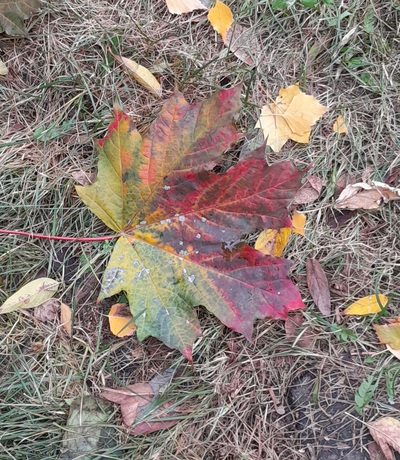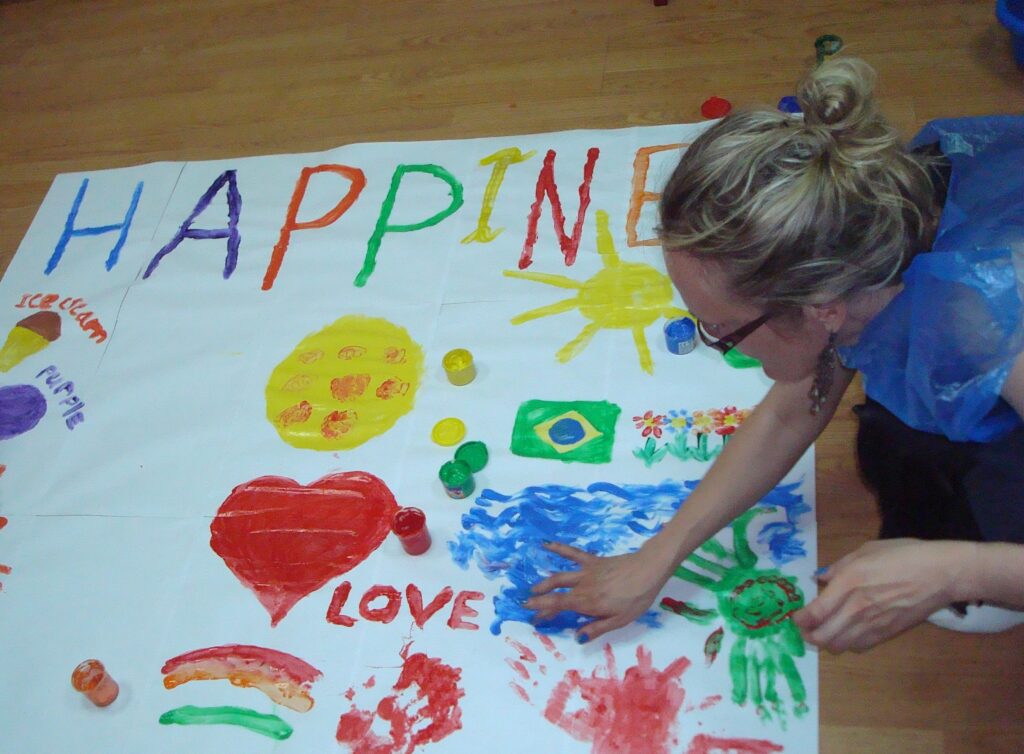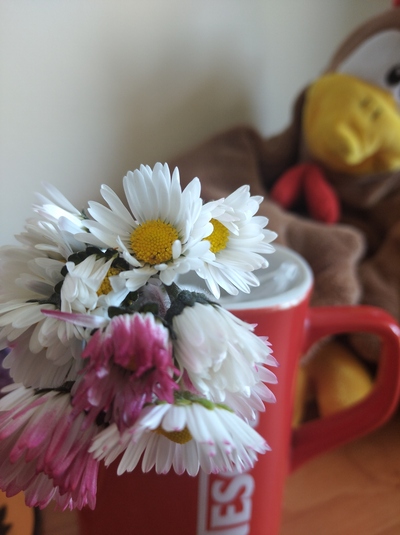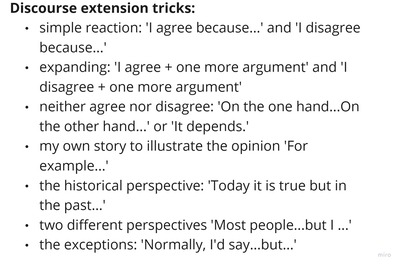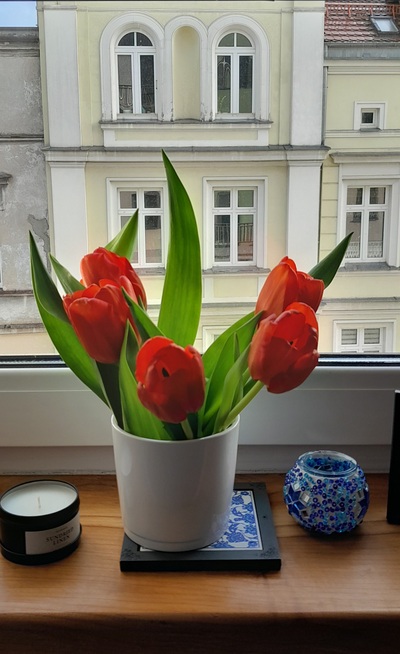
It might be the best way of closing the blogging year, with all these invisible kids. Better than ‘the teacher in distress’, why-has-this-year-been-so-difficult and if-I-stay-in-teaching-it-will-be-because-of-the-kids-and-if-I-leave-it-will-be-because-of-the-adults (after Bored Teachers) that I have been in recently. Let’s try to stay positive, let’s try to give the floor to Alisa, Petya and Pasha instead.
The concept of an invisible student is not a new one…
I have had one in my classroom for a few years now. Long enough to have collected enough material to write a post about, four years ago. Pasha, because that is the name of the first and the original invisible student, has been long enough to have collected his own experiences and now he could write his own resume and tell stories of his adventures in the various classrooms. You can read the original post here. Btw, this is one of top ten most popular posts ever on the blog.
This year has been a fun one also because I started teaching in a new environment and in a new context and a real life Pavel has appeared in one of my groups. It is unavoidable that, after all these years, whenever I say ‘Pasha’, I feel like addressing my invisible student. And I giggle. That also meant that I had to give up on using that concept in that same form in my everyday teaching. It was not an issue because we had other things to worry about. I did not need an invisible student. Then, one day I did and the Invisible Student came back. Two of them, actually.
Enter Petya and Alisa
This year, apart from everything else, I also teach English and Maths according to the British National Curriculum in a bilingual school. I love it but there are also certain challenges that I had not had to deal with before September. One of them is definitely extending the range of ways of encouraging and motivating children to work and to be involved in what we are doing. I have noticed that, apart from the fact of the specific requirements related to the specifics of the subjects (that are different to the regular ESL or EFL), there is also the question of the specific challenges related to teaching Maths in English or to having classes (almost) everyday and having to come up with different approaches four times a week. Which is a higher demand for creativity than in your typical twice-a-week EFL classes. Among others.
Over the last few weeks, I have been teaching some more demanding topics, such as punctuation (English) and subtraction with regrouping and I have been bending over backwards in order to trick my kids into getting excited about these (if we are to perfectly honest here).
During one of the 1-1, me and my brain, brainstorming sessions, I decided to go for ‘play the teacher and find a mistake’. English was first and it was relatively easy to prepare a handout for my kids to trace, to find mistakes and to re-write in the correct from, with all the punctuation marks and capital letters. I set it up, gave out everyone a red marker and asked them to look for things that were ‘not so good’. Everyone got a red marker and we worked beautifully on it.
However, I have two groups at school and when I got to my second lesson with that material, I already knew that it has a certain potential and, feeling inspired, I decided to upgrade it and the lesson started with ‘Listen, there is this boy called Petya. He has a problem…’ Of course, before making copies for everyone, I signed the paper with ‘Petya’. This tiny little adjustment made a huge difference. I was looking at my kids, working dilligently and reacting to the content and I was making mental notes.
Naturally, when, a few weeks later, I decided to use this same approach in my Maths lesson, I knew that there would be a student and how I am going to set it up. Here are a few notes about it, in case anyone wants to use it.
Alisa, the girl who struggles with Maths
- The first step: to prepare the set of tasks. In our case it was a double-sided handout with sums, addition and subtraction, up to 1000, two- and three-digit numbers, with and without regrouping, as the final task of the unit and the final task of the year. All of these had solutions, as if Alisa had done them, some were correct, some were incorrect, with small and huge mistakes. On the top of the page, there was the student’s name (Alisa) and the room for the teacher’s name, to sign by those who were to check the test.
- Step two: we could hide it under different, serious-sounding names (‘setting the context‘, ‘involving the students’, ‘generating interest’) and they all apply but what I really did was to tell the kids a story. In one of the groups we even played the monster game (aka ‘hangman’) to guess the title of the story (Alisa’s problem). I told the class a simple story about a girl from year 1 (year 3 in KS3) who is a nice girl and who is trying hard but who still has some problem with Maths. And, most importantly, how we want to help her with checking her test and looking for all the mistakes and, maybe, the things she did well.
- Step 3: we outline the procedures. On the one hand, these were the three simple steps (‘We check it’, ‘We correct it’, ‘We give a grade’) because I wanted to ensure that they really do go over all the sums and correct them and do the Maths, instead of just ticking and crossing things. Together we also put together a set of symbols to mark with, for example: a tick (V) = it’s OK, a minus (-) = it’s not OK, three exclamation marks (!!!) = very bad and a star = excellent.
- Step 4: the real work, the hard work: we give out red markers and we get on checking Alisa’s test, individually or in pairs, depending on the personal preferences. The teacher is circulating, monitoring and helping.
- Step 5: a spontaneous add-on, just because we had a few minutes left: a role-play, in which Alisa’s mum (me) calls the teacher (all kids, in turns) to find out how her daughter is doing. We had smaller groups because some kids had already gone on holiday and we could actually do it with all the kids.
My Oscar-worthy lesson or why I loved having Alisa, the invisible student in my class
A few days have passed since I taught this lesson twice and I have had a chance to reflect and to talk about it with a few colleagues and I think I can safely say that if there was ever a lesson taught category at the Oscars, I would submit our adventures with Alisa and I would definitely hope to win or at least to make it to the list of five nominees. Here is why.
- The kids were fully involved, every single one of them, my Maths-loving kids and my oh-no-Maths kids, too, the strong learners, those who are just learning and even those who are struggling. Everyone. I was moving among the tables, supervising and helping and eavesdropping on what they were saying to themselves or to their classmates and I was giggling and welling up and beaming, rejoicing their enthusiasm and patting myself on the shoulder for the idea.
- The reason for that was the story that I told and the context that was this way created. It was not just a handout, just a piece of paper with a set of tasks on that miss Anka brought but a real adventure that everyone was taking part in, with a real girl that we were helping, with red markers and the power that comes with it, with the responsibility the kids were taking for marking Alisa’s efforts and for assessing how well she did.
- The activity involved the whole child, all the students as humans and as learners, as people who were given a serious task and serious responsibilities and who were also taken into the set-up, for example through accepting their ideas as regards the set of symbols for marking or the grades that they had to make a decision about and, in the follow-up activity, the fact that they were given a chance to be the teacher, during the whole activity and during the follow-up role-play.
- The exercise was a very effective tool to get my students to do Maths. They zipped through the addition sums (which was not surprising) but they also worked very well with the more challenging problems i.e. subtraction, especially subtraction with regrouping. High five to me for mixing the tasks, addition and subtraction, with and without regrouping. There were different levels of difficulty and the more challenging tasks were beautifully smuggled with the easy-peasy ones.
- It worked very well as an assessment tool for my kids’ Maths skills. After all, in order to be able to check something, you need to have enough knowledge and skills, and not on the basic, superficial level. Especially that the task included a mix of correct and incorrect tasks that they had to read, check and correct. And they all did! I was so proud of them (and of myself) especially that when they were commenting, they did say things (in their L1), such as ‘Oh, no, Alisa, how could you not notice that!’ or ‘But, no, Alisa, it is easy!’ or ‘No, why did you do this?’. I am not sure if they were aware of how their skills have developed and I think I will have to include this element of noticing own progress as part of the lesson in these kind of lessons. However, even without it, this element, my little kids have learnt. They have learnt. I was touched.
- In the days after the lessons, I could not decide (and still can’t) what was more touching or inspiring, the skills that were proved to have developed or the fact that during the entire lesson, my kids showed a huge potential for empathy and understanding for Alisa’s problems with Maths. They were not only dealing with the task to help her but I loved eavesdropping on how they were reacting to it. There were plenty of comments along the lines of ‘Oh, but look, she tried to do it, here and here’ or ‘Oh, she almost got it right!’, trying to find something positive in her test. On the other hand, they were just so genuinely happy when they found a sum that was solved correctly. Here and there, now and again I heard cheering and ‘Miss Anka! She did it! from different corners of the room. They were like real teachers celebrating their students’ achievements.
- And one more thing that made me just laugh out loud was how the kids were grading the overall Alisa’s effort, beautifully out of sync with her actual progress and the number of tasks complete. Some of them were overly optimistic and appreciative, the others overly critical. I just let it be. For now.
- And the role-plays, that made me laugh, too. We have not done any phone conversations language so it was just jumping in at the deep end and using the language that we know. But I loved it, as I could see how my students tried to communicate in a new situation, wtih limited resources (communication strategies, hello!) although, all in all, our poor Alice is in trouble. In 99% of cases, her parents will have to come to school to talk to the teacher. Which just shows that that is, in my students’ world, the worst that can possibly happen.
I don’t know why but I have a feeling that both, Alisa and Petya will be back in our Maths lessons and in our English lessons…
Happy teaching! Happy New Year!

